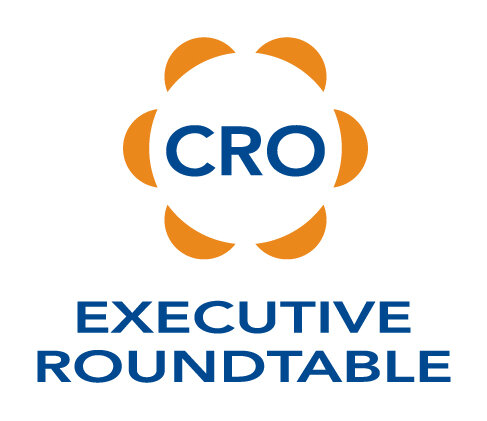The sales world has changed dramatically over the past decade as salespeople are no longer educators.
Granted, education is still a component of the qualifying system. However, salespeople are now a guide in the process. Clearly, the availability of information on the web has created a highly-educated prospect.
The clearest key is this transformation shows up at the beginning of the selling process. Prospects now approach companies with a certain level of understanding regarding your solutions. They have probably researched your company through other sites, scoured your website, and even talked to some of your customers…all before they make first contact with your sales team.
This transformation fundamentally changes the relationship between the salesperson and the prospect. Adjustments must be made. Perhaps your sales team needs to take an evangelical approach by spreading the good news of your solution in the market. Or maybe you have to switch to a relationship-based sale with a sales team focused on interpersonal skills. Qualifying will always be the backbone of successful selling, but the methodology will change.
The success of your team will rely upon their ability to adjust, if they haven’t already. Some categorical shifts to consider:
Old - Sales is an educator
New - Sales is a guide
Old - Prospect profile is information-gathering
New - Prospect profile is solution-savvy (from your competitors too)
Old - Prospecting is general introduction
New - Prospecting is specifically focused
Old - Qualifying focus is Pain and Money
New - Qualifying focus is Want and Need
To be clear, any successful qualifying system will require uncovering the prospect’s perceived pain and their budget to remove that pain. However, the initial qualifying pass will need to start by sorting out the nice-to-have vs. need-to-have solution for a partially-educated prospect who approaches with the beginnings of a self-determined solution.




